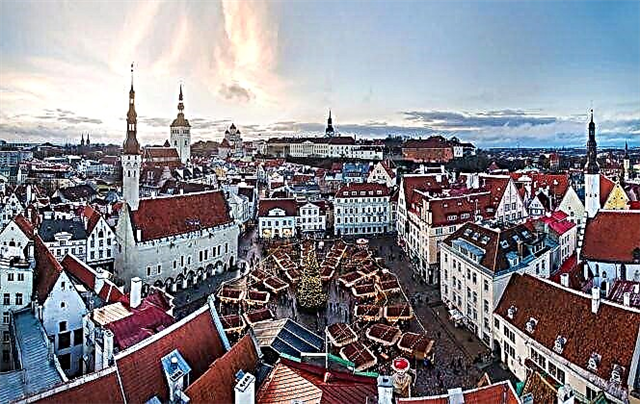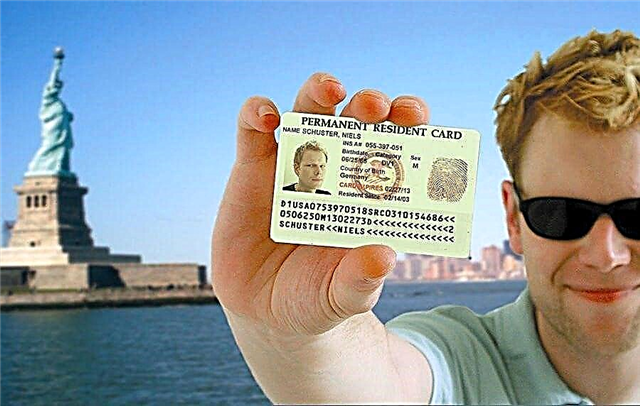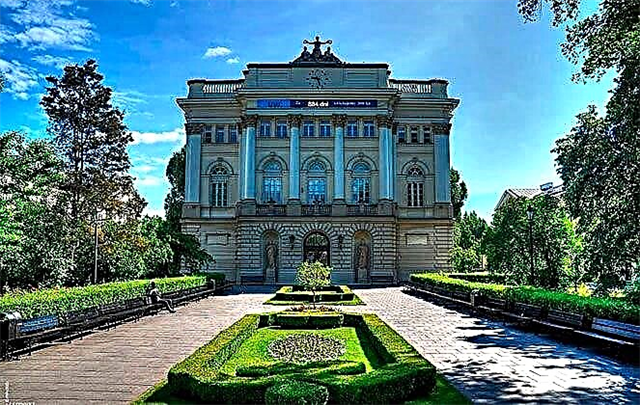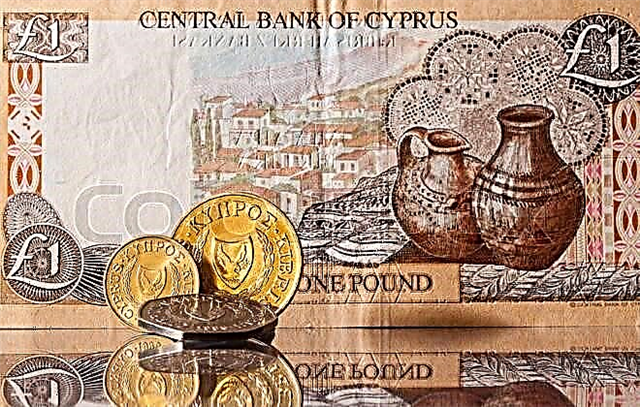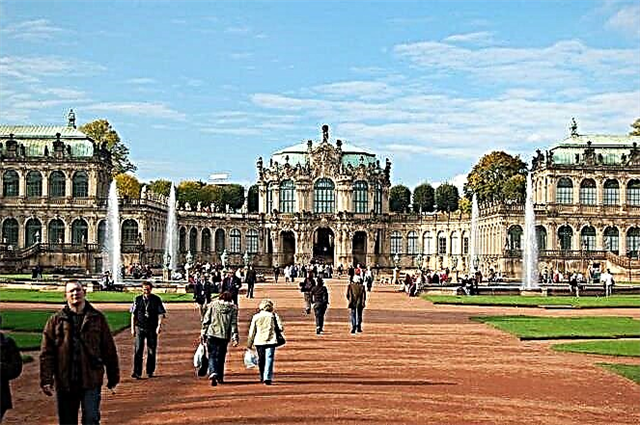Luxurious, like a palace, a museum of paintings, porcelain and weapons. An architectural complex considered to be the most significant achievement of the late Baroque. An entertainment center of high society until the 18th century. All this about a unique citadel in the very heart of Dresden - the Zwinger. Today the building includes six two-story pavilions, connected by one-story galleries. The Zwinger in Dresden forms an inner courtyard that is comparable in size to several football pitches.

Construction history
By 1547, Dresden had acquired the status of the capital of Saxony. It was here that the residence of the Electors was located - the future Zwinger. The building was a real fortress and served exclusively for defensive purposes.
The situation changed dramatically with the coming to power of Augustus the Strong, King of Poland and Elector of Saxony. In 1709, a powerful bastion was no longer needed.
The new king was very fond of social entertainment and pleasure, so he ordered to build a modern platform for festivities on the site of the old fortress.
The new complex consisted of a square, an amphitheater, a greenhouse with tropical trees. The renovated residence of the Electors opened its doors to visitors during the visit of King Frederick of Denmark.
The project was implemented by the Saxon architect Mateus Daniel Pöpelman. In 1710, he built the first sandstone pavilions on the rampart. Two years later, the so-called Long Gallery appeared, and in 1714 the Crown Gate was installed.
August the Strong was pleased with the place where lavish celebrations and sports tournaments could be held, but on the Zwinger he had other plans - to turn the complex into a real cultural center. This is how a graphic study and a museum of natural sciences appeared inside.
Architecture and exterior decoration
The Zwinger's opulent décor misleads many guests. They believe that they are in a real palace, but the complex was originally conceived as a place to store some collections, and the courtyard was used for outdoor celebrations.
The modern Dresden Zwinger cannot be imagined without the Crown Gate, which has already become its symbol. This is the most famous and popular tourist entrance to the museum.
The gates are made according to the canons of the Italian Baroque, decorated with columns and pilasters. The influence of the tendencies of antiquity is also traced, namely, the triumphal arches widespread at that time. The gate is crowned with the main attribute of Augustus' power - the golden Polish crown. Copper decorations and gilded ornament add a special sophistication to the structure. At the passages of the gates to the galleries, there are figures of the gods of antiquity - Bacchus, Vulcan, Pomona and Ceres in human growth.
Massandra is decorated with statues representing the seasons, and a sculpture of Hercules by the famous creator of the era, Johann Thomé.
The Zwinger is a real Baroque architectural ensemble, so it is simply impossible to single out the most beautiful building. But the Shaft Pavilion, the French Pavilion or, for example, the Bell Pavilion, can compete for this title.
It was by erecting the Pavilion on the rampart that the architect Mateus Pöppelman managed to achieve his highest skill, his contemporaries noted.
The building is decorated with straight rows of columns and windows, complemented by arches. The famous sculpture of the pavilion is the statue of Augustus the Strong. The emperor was portrayed as the mythological hero Hercules, holding the globe on his shoulders.
Inside there is a physics and mathematics salon with an amazing exposition. The museum's collections allow us to trace the history of the development of the exact sciences - physics, astronomy, geodesy, mathematics. More than 2000 exhibits are presented.
The Bell Pavilion is located directly opposite the Shaft Pavilion. Its name is associated with the main attraction of the building - a clock made of Meissen porcelain, located on the facade. They consist of forty porcelain bells. Since 1936, every fifteen minutes they delight visitors with a melodic chime. Within an hour, you can hear different melodies, which depend not only on the time of day, but also on the season.
The French pavilion, executed in the late Baroque style, is a semicircular gallery, behind which is the Bath of the Nymphs fountain. It was created by Balthazar Permozer. The imagination and skill of the author made it possible to "embody" the images of the inhabitants of the depths of the sea.
Opening hours and ticket prices
The official Zwinger website provides information on any changes to the opening hours.
Opening hours vary depending on the season: from January to March, the museum is open from 6.00 am to 8.00 pm. From April to October, the Zwinger administration extends the visit to the complex until 22.00. From November to December, the complex again switches to the 6.00-20.00 mode. Please note that the complex itself opens at 6.00 - you can take a walk in the park and even visit several pavilions.
The Gallery of Old Masters, the Physics and Mathematics Salon and the Porcelain Museum start working at 10.00 and stop receiving visitors at 18.00.
Day off - Monday.
You will not have to pay to enter the Zwinger territory - the square, the park and some pavilions can be visited by tourists free of charge.
Entrance tickets must be purchased to visit any of the museums within the complex. The cost of an excursion to one museum costs 10 euros, students are given a 25% discount, children under five years old enter museums for free.
To buy a discount ticket, you must provide a document - a student card or a document confirming the age of the child. At the entrance, tourists are provided with an audio guide of their choice - there is also in Russian (cost - 3 euros).
How to get there
The Zwinger is located in the historic city center. You can get to it from the main station on your own (if you have time for a half-hour walk) or by tram number 4, 8, 9.
Proceed to the Theaterplatz stop. Some buildings of the Zwinger itself overlook it, in particular the Gallery of Old Masters.
The Semper Opera and the Catholic Cathedral are within walking distance.
The exact address is Theaterplatz 1, 01067 Dresden, Germany.
Conclusion
The Zwinger in Dresden is an architectural monument of the Baroque era, commissioned by August the Strong.
In addition to the external decoration, the galleries also deserve attention. The complex consists of several pavilions, each with its own flavor.
The territory of the Zwinger is accessible to everyone, you need to buy tickets only to visit the museum. The entrance costs 10 euros, and inside you will find more than two thousand historical exhibits.

